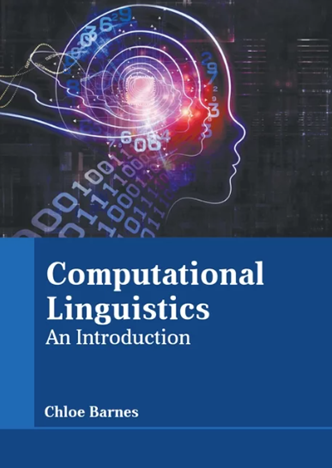Assessing the Cross-linguistic Utility of Abstract Meaning Representation
IF 5.3
2区 计算机科学
引用次数: 0
Abstract
Semantic representations capture the meaning of a text. Meaning Representation (AMR), a type of semantic representation, focuses on predicate-argument structure and abstracts away from surface form. Though AMR was developed initially for English, it has now been adapted to a multitude of languages in the form of non-English annotation schemas, cross-lingual text-to-AMR parsing, and AMR-to-(non-English) text generation. We advance prior work on cross-lingual AMR by thoroughly investigating the amount, types, and causes of differences which appear in AMRs of different languages. Further, we compare how AMR captures meaning in cross-lingual pairs versus strings, and show that AMR graphs are able to draw out fine-grained differences between parallel sentences. We explore three primary research questions: (1) What are the types and causes of differences in parallel AMRs? (2) How can we measure the amount of difference between AMR pairs in different languages? (3) Given that AMR structure is affected by language and exhibits cross-lingual differences, how do cross-lingual AMR pairs compare to string-based representations of cross-lingual sentence pairs? We find that the source language itself does have a measurable impact on AMR structure, and that translation divergences and annotator choices also lead to differences in cross-lingual AMR pairs. We explore the implications of this finding throughout our study, concluding that, while AMR is useful to capture meaning across languages, evaluations need to take into account source language influences if they are to paint an accurate picture of system output, and meaning generally.评估抽象意义表征的跨语言效用
语义表征捕捉文本的意义。意义表征(AMR)是语义表征的一种,它侧重于谓词-论据结构,并从表面形式中抽象出来。虽然 AMR 最初是针对英语开发的,但现在它已通过非英语注释模式、跨语言文本到 AMR 的解析以及 AMR 到(非英语)文本的生成等形式适用于多种语言。通过深入研究不同语言 AMR 中出现的差异的数量、类型和原因,我们推进了之前在跨语言 AMR 方面的工作。此外,我们还比较了 AMR 如何捕捉跨语言对和字符串中的意义,并表明 AMR 图能够找出平行句子之间的细粒度差异。我们探讨了三个主要研究问题:(1) 平行 AMR 差异的类型和原因是什么?(2) 如何测量不同语言中 AMR 对之间的差异量?(3) 既然 AMR 结构受语言影响并表现出跨语言差异,那么跨语言 AMR 对与跨语言句子对的基于字符串的表述相比如何?我们发现,源语言本身确实对 AMR 结构有可衡量的影响,而翻译差异和注释者的选择也会导致跨语言 AMR 对的差异。我们在整个研究过程中探讨了这一发现的意义,并得出结论:虽然 AMR 对于捕捉跨语言意义非常有用,但如果要准确描绘系统输出和一般意义,评估需要考虑源语言的影响。
本文章由计算机程序翻译,如有差异,请以英文原文为准。
求助全文
约1分钟内获得全文
求助全文
来源期刊

Computational Linguistics
Computer Science-Artificial Intelligence
自引率
0.00%
发文量
45
期刊介绍:
Computational Linguistics is the longest-running publication devoted exclusively to the computational and mathematical properties of language and the design and analysis of natural language processing systems. This highly regarded quarterly offers university and industry linguists, computational linguists, artificial intelligence and machine learning investigators, cognitive scientists, speech specialists, and philosophers the latest information about the computational aspects of all the facets of research on language.
 求助内容:
求助内容: 应助结果提醒方式:
应助结果提醒方式:


